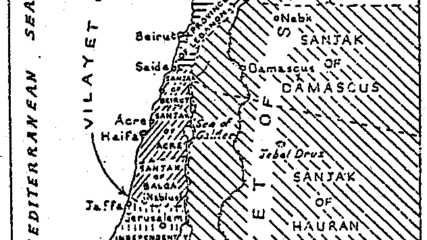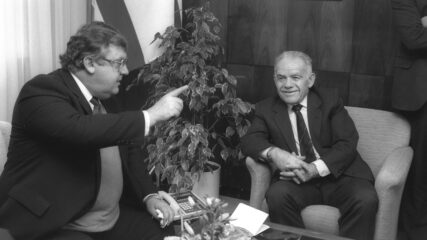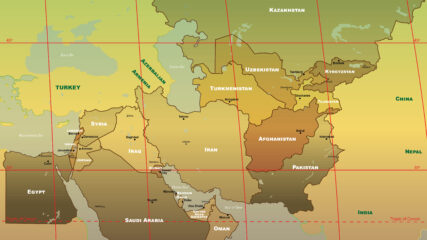March 13, 1881
Czar Alexander II, the leader of Russia, was assassinated in St. Petersburg when a bomb was thrown into his carriage. Alexander II had assumed the throne in 1855 following his father Nicholas I and was a more liberal-minded leader than his predecessor. He relaxed some of the restrictions placed against the Jews of Russia by his father, including abolishing the Cantonist system of Russification which had been established in 1827. The Cantonist system forced Jewish males, ages 12-18, away from their families into a program of Russian and Christian education in preparation for a 25-year military conscription. Jewish leaders had to supply a quota of youth and even hired kidnappers to take children as young as eight to meet the demands. Alexander II also allowed some Jews to live outside of the area known as the Pale of Settlement, the 472,000 square mile region that comprised most of today’s countries of Poland, Ukraine, Belarus, Moldova, Latvia, Lithuania and Estonia, in which Jews had been restricted to living beginning in 1835. Moving outside the Pale resulted in the development of Jewish communities in Moscow and St. Petersburg. As a result of these policies, many Jews became more involved in the cultural and intellectual life of Russia.
The assassination of Czar Alexander II became a major turning point in Jewish history. A month later, a wave of pogroms – systematic or sporadic attacks against Jewish homes, businesses, and synagogues – spread throughout the southwestern areas of the Russian Empire and affected hundreds of Jewish communities. The new Czar, Alexander III, blamed his father’s liberal policies for his assassination and moved to consolidate his power into an absolute autocracy.
An investigation into the cause of the pogroms found that the Jews “have succeeded in exploiting the main body of the population, particularly the poor, hence arousing them to a protest, which has found distressing expression in acts of violence.” (H.H Ben Sasson, A History of the Jewish People, Cambridge, MA: Harvard University Press, 1976, p. 882.) In May 1882, a series of laws, known as the May Laws, were passed which further restricted Jews to living in the Pale of Settlement and prohibited Jews from living outside of larger cities and towns, owning real estate, leasing land, and operating their businesses on Sundays or other Christian holidays. A dark period for Jews in Russia began.
The result of the pogroms and policy shift led to a reexamination of Jewish life in Eastern Europe and the future for Jews in Russia. Approximately 2.3 million Jews left Russia between 1881 and 1930 with the great majority coming to the United States, North and South American, South Africa and Australia. Other Jews began to turn towards self-defense and the concept of Jewish self-determination, leading to the origins of the Zionist movement. This anti-Semitic wave led Jews to the conclusion that only by taking destiny into their own hands could they protect their own well-being. That meant going to places where freedom and liberty might be practiced or building their own place for guaranteeing those rights. The need for a Jewish territory was further reinforced after a second wave of pogroms began in 1903 and once again as result of the Holocaust more than three decades later.
The photo shows a home that was vandalized in the Kishinev pogrom in April 1903.










